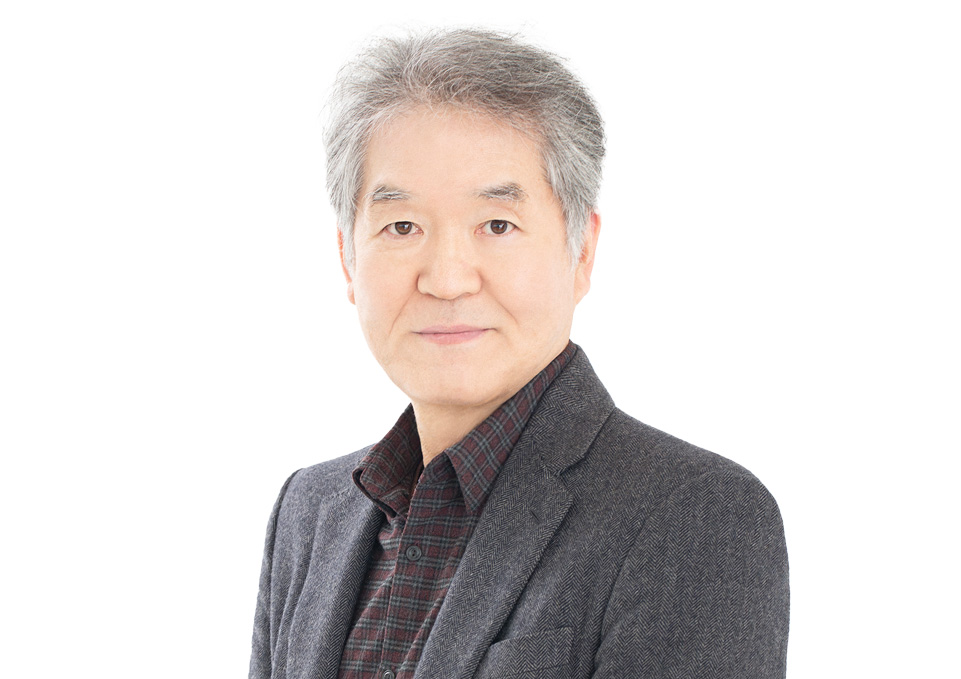People
We lead the development of key and
fundamental technologies, driving the nation's future
in the era of infinite technological competition.
We lead the development of key and fundamental technologies, driving the nation's future in the era of infinite technological competition.
Professor
- HOME
- People
- Professor
Byoung Seung Ham
bham@gist.ac.kr
062-715-3502
- Quantum Sensing
- Quantum Memory
- Nonlinear Quantum Optics

Introduction
- In the Photon Information Processing (PIP) Lab, we study the fundamental physics of quantum phenomena and apply the results to quantum engineering. Starting from a hundred years ago, quantum mechanics has progressed through long-lasting discussions and arguments, and opened the door to quantum technologies such as quantum computing, quantum communications, and quantum sensing. Of them, quantum computing has already been entered into the quantum engineering level using photons, atoms, superconductors, solids, and semiconductors, where IBM, Google, and others have developed a primitive quantum computing machine with hundreds of qubits toward the ultimate target of a logic qubit composed of million physical qubits. However, entanglement suffers from decoherence that exponentially worsens the entanglement as the qubit number increases, limiting the development of quantum computers. The key to quantum sensing is N in N00N states, where N is the total number of photons (ions, atoms, etc.). The N for the quantum advantage in quantum sensing over classical counterparts is known as N>100, which is completely impossible based on the present quantum technologies, resulting in the practical failure of quantum sensors. In the PIP lab, these limits in quantum technologies have already been realized and found solutions to breakthroughs in the viewpoint of the wave nature in quantum mechanics over the last five years, resulting in several leading papers of new interpretations and solutions in the area of HOM effects, Bell inequality violations, unconditionally secured quantum cryptography, and superresolution. Most of all, the new theory of superresolution in quantum sensing has made a breakthrough in the limited N for the macroscopic quantum sensing, resulting in the advent of a quantum wavemeter, quantum spectrum analyzer, quantum Lidar, and quantum Radar.
Research Field
- • Quantum Sensing
- • Quantum Memory
- • Quantum nonlinear optics
Education
- 1995 Wayne State University (Ph.D. EE)
- 1993 Wayne State University (M.S. Physics)
- 1986 Sogang University (B.S. Physics)
Professional Career
- 2013-Present: Full/Distinguished Professor, EECS, GIST
- 2003-2013: Asso./Full Professor, EE, Inha University
- 1999-2003: Senior Researcher, ETRI
- 1996-1999: Postdoctoral Asso., RLE, MIT
Professional Services
- 2018-2024 Topical Editor, Applied Optics (OSA)

